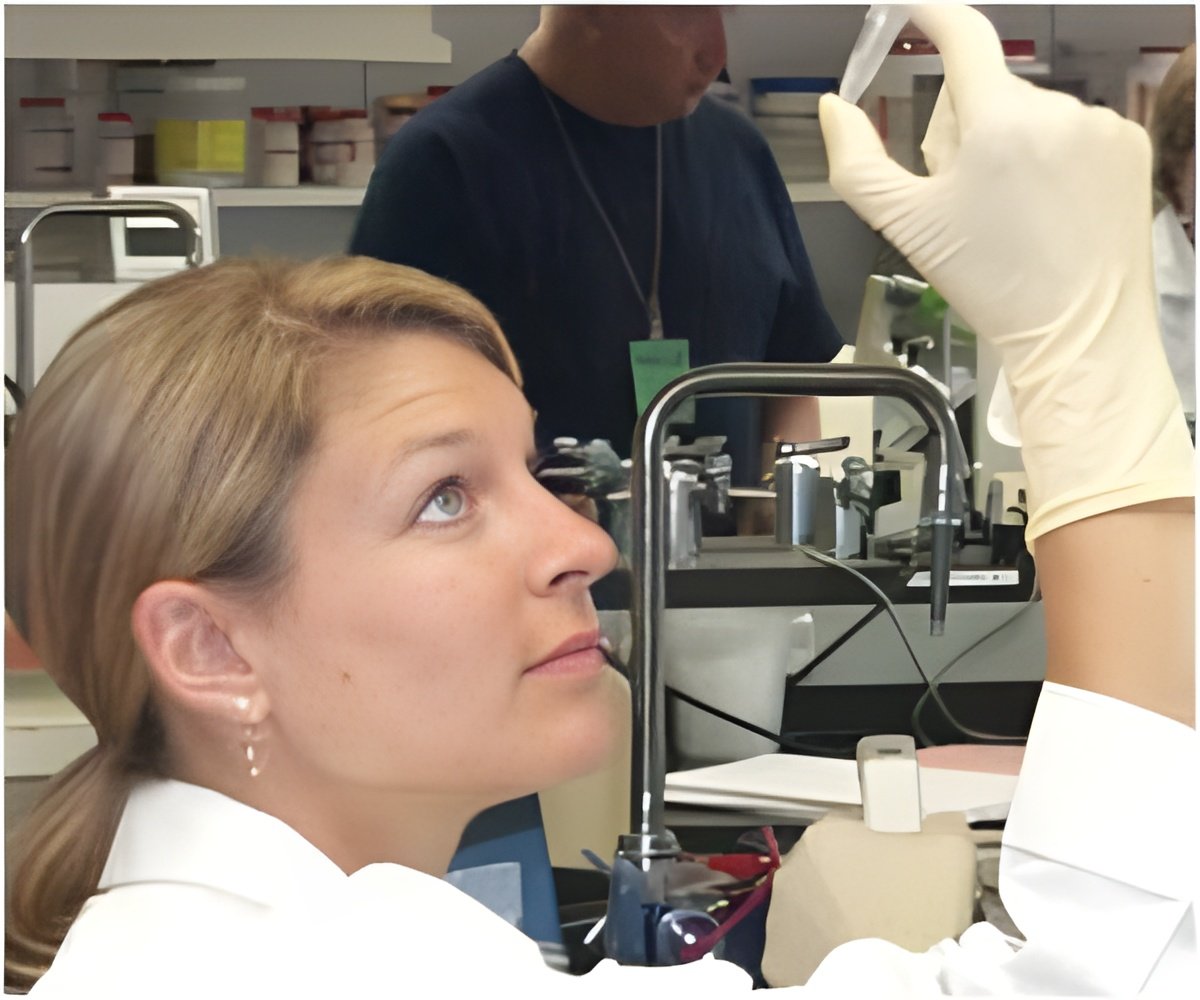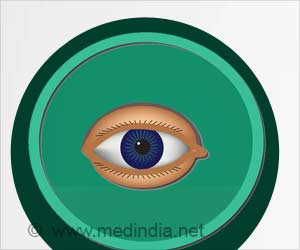Researchers have developed a new computational method that can help scientists to visualize and interpret ‘high dimensional’ data.

"Our method not only will allow scientists to explore the heterogeneity of cancer cells and to characterize drug-resistant cancer cells, but also will allow physicians to track tumor progression, identify drug-resistant cancer cells, and detect minute quantities of cancer cells that increase the risk of relapse," said co-senior author Dana Pe'er, PhD, associate professor of biological sciences and systems biology at Columbia. The other co-senior author is Garry P. Nolan, PhD, professor of microbiology & immunology at Stanford.
The method, called viSNE (visual interactive Stochastic Neighbor Embedding), is based on a sophisticated algorithm that translates high-dimensional data (e.g., a dataset that includes many different simultaneous measurements from single cells) into visual representations similar to two-dimensional "scatter plots"—the simple graphs with X and Y axes that many people first encounter in high school math and biology. "Basically, viSNE provides a way to visualize very high-dimensional data in two dimensions, while maintaining the most important organization and structure of the data," said Dr. Pe'er. "Color is used as a third dimension to enable users to interactively visualize various features of the cells."
The viSNE software can analyze measurements of dozens of molecular markers. In the two-dimensional maps that result, the distance between points represents the degree of similarity between single cells. The maps can reveal clearly defined groups of cells with distinct behaviors (e.g., drug resistance) even if they are only a tiny fraction of the total population. This should enable the design of ways to physically isolate and study these cell subpopulations in the laboratory.
Although the algorithm underlying the method is complex, Dr. Pe'er expects that all researchers, no matter their level of mathematical expertise, will be able to use viSNE.
To demonstrate the software's utility, Dr. Pe'er and her colleagues used mass cytometry and viSNE to study bone marrow cells from patients with acute myeloid leukemia. Currently, clinicians can incorporate at most 4 to 8 markers to assess the cells. Because mass cytometry and viSNE can incorporate many more markers, viSNE is able to identify more subtle differences between cells. Using the algorithm, Dr. Pe'er and her colleagues were able to reveal previously unrecognized heterogeneity in the bone marrow cells they studied.
Advertisement
"The ability to detect MRD is critical for curing cancer," added Dr. Pe'er. "Eliminating even 99.9 percent of a tumor doesn't bring about a cure. You have to be able to find, and then eliminate, the tiny populations of cells that can survive therapy and lead to disease relapse."
Advertisement
Source-Eurekalert








